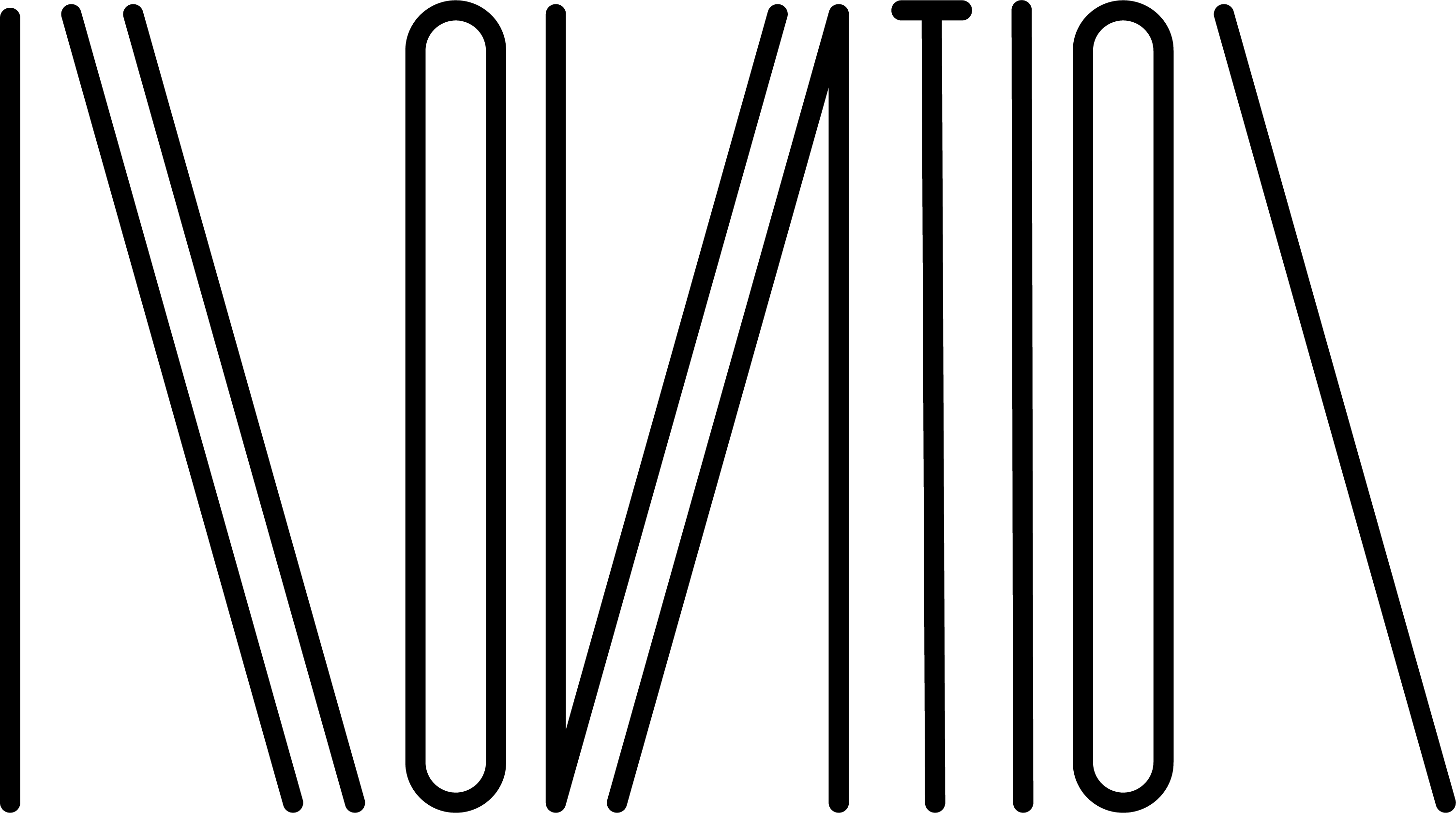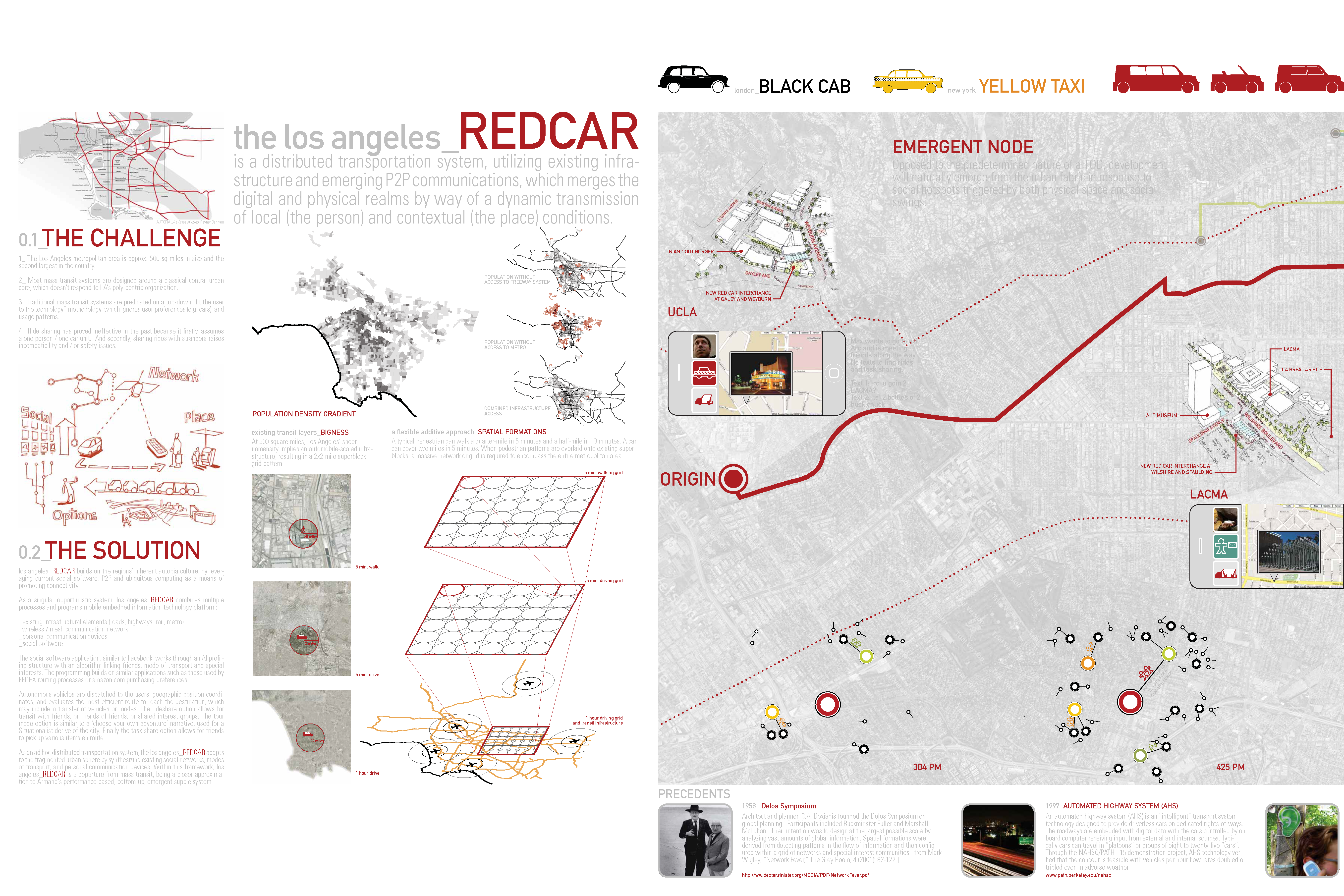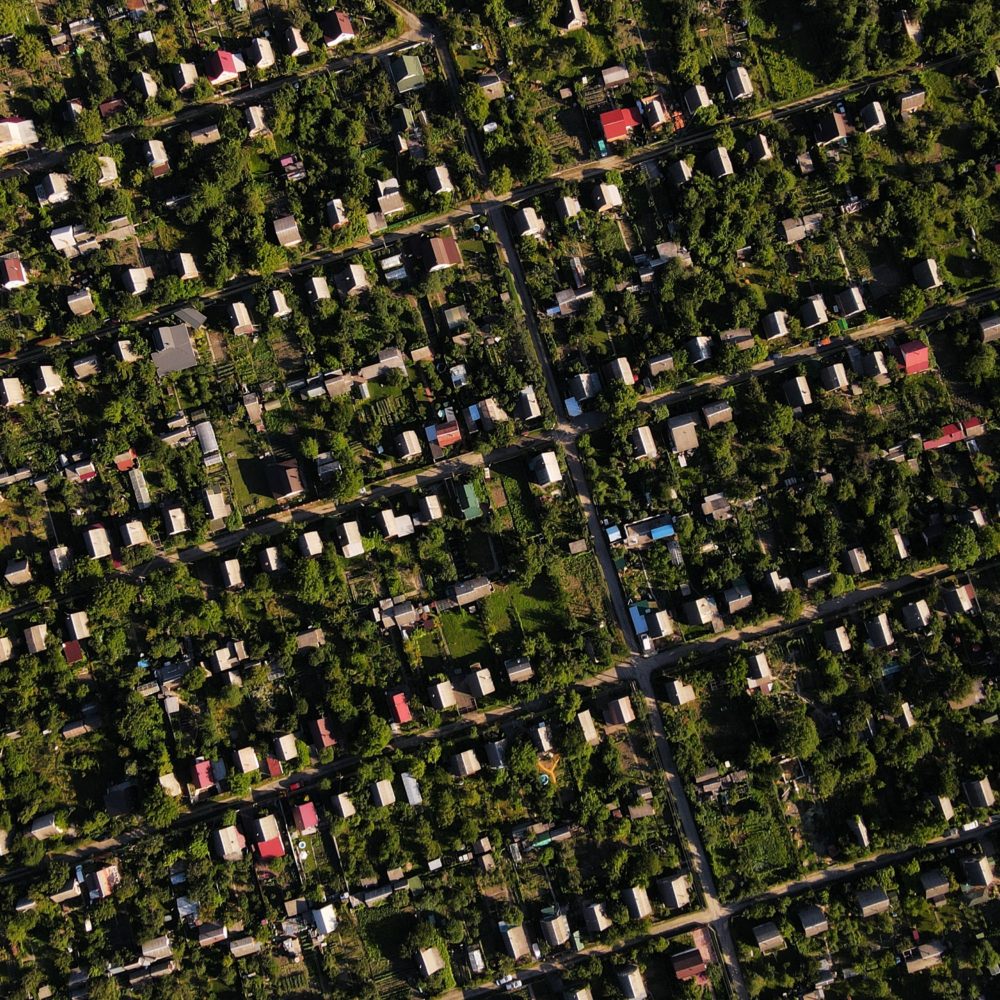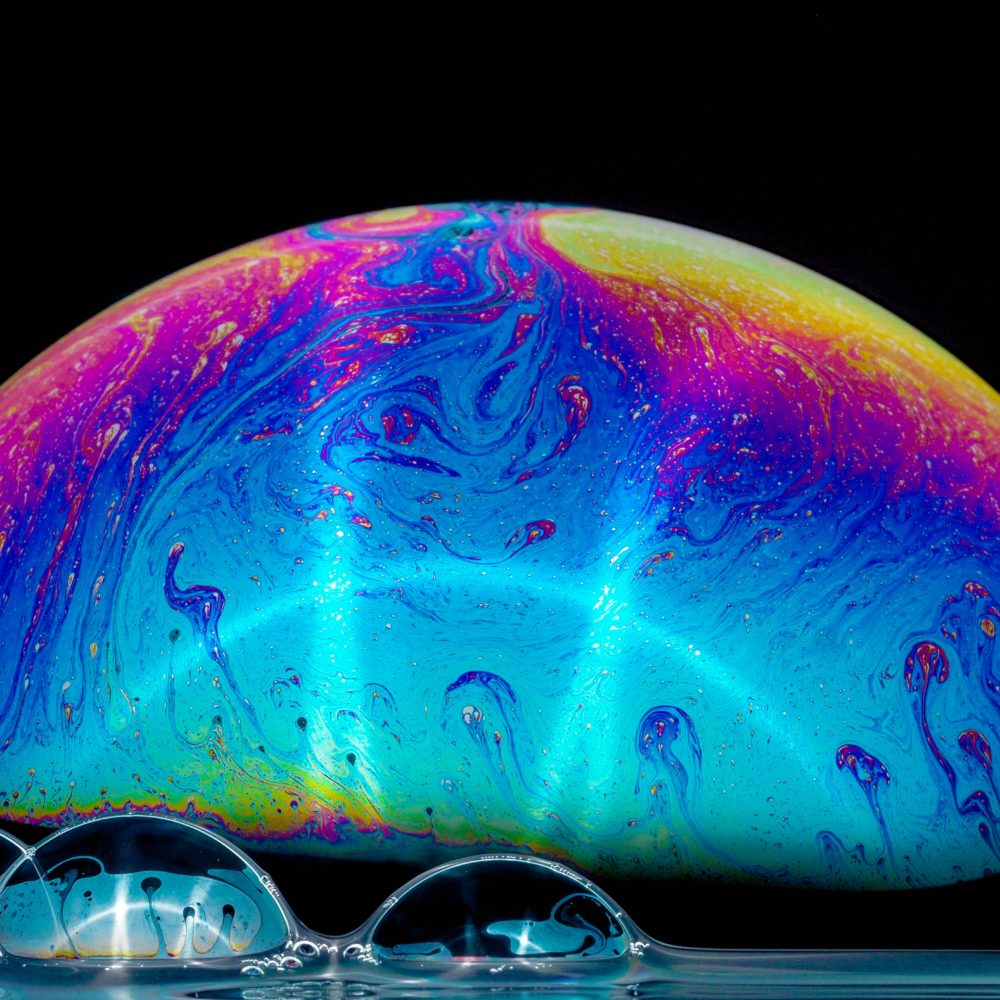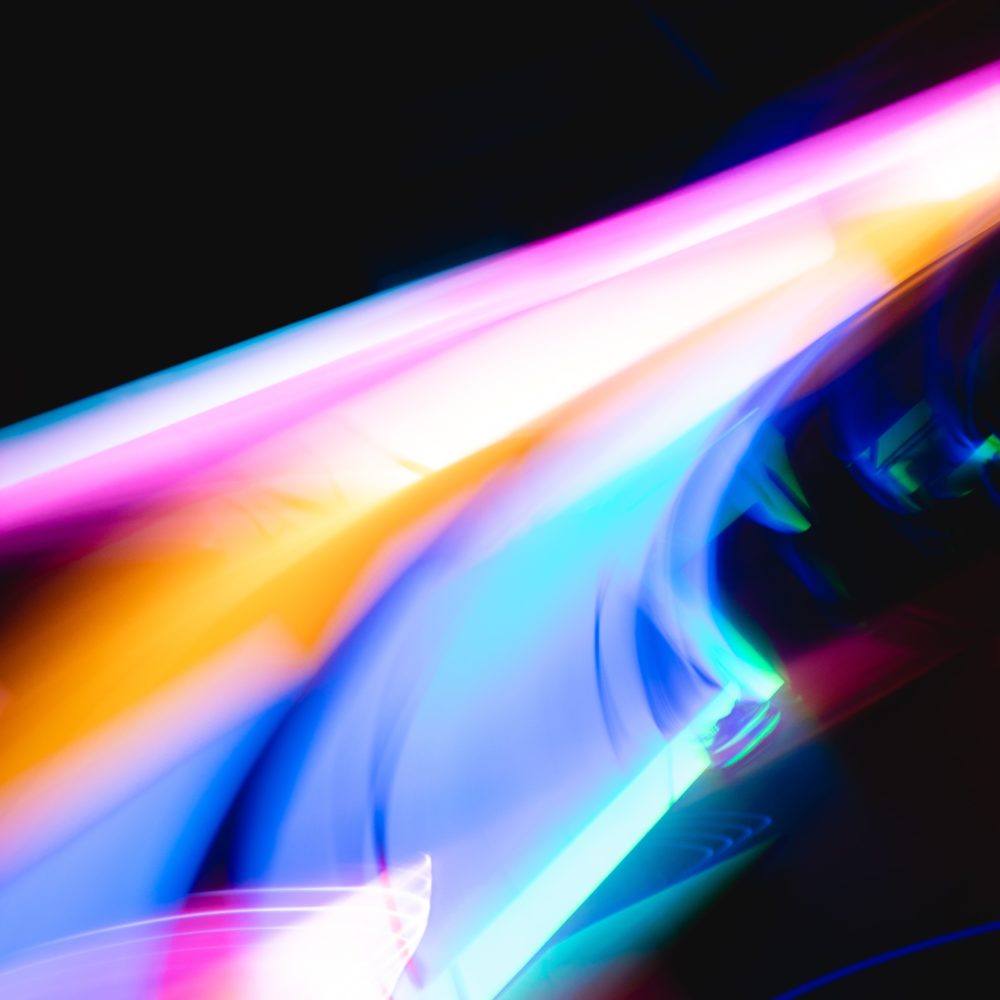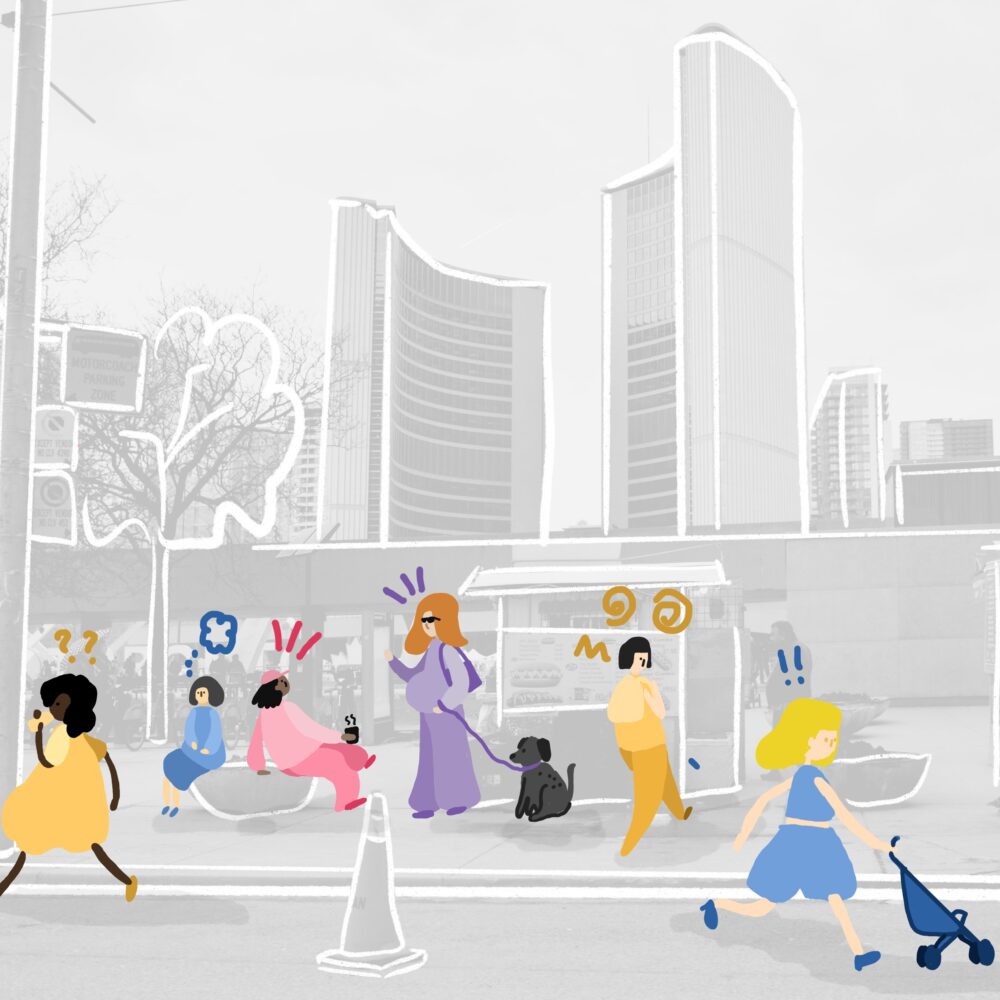Revolutionary Road: Driving Conversation from Competition to Colloquium
Tyrone Marshall, Gerry Tierney
Spring 2010

Getting around in the city? We hailed cabs, not Ubers. Autonomous vehicles? “When we talked about those, people looked at us like we were from a Star Trek convention,” says Gerry, a senior project manager in our San Francisco studio and co-director of our Mobility Lab.
And yet Gerry, along with Tyrone, a senior computational designer in our Atlanta studio, conceived of a distributed, integrated mobility system built around autonomous vehicles, or self-driving cars, and a social software application. To say they were prescient—on the cusp of a decade of change in both technology and mobility—would be an understatement.
Their story begins with a competition issued by The Southern California Institute of Architecture (SCI-Arc) and The Architect’s Newspaper to envision a new transportation infrastructure for Los Angeles. Gerry and Tyrone, then both in our San Francisco studio, cultivated a team of other architects and urban designers (dubbed the 510 collective) to develop a submission.
As Gerry explains, the competition prospectus was biased toward a transit solution, which the team felt was inappropriate for a 500-square-mile polycentric city heavily dependent on a freeway infrastructure. “So that’s our design problem,” Gerry explained to a colloquium crowd the following year. “It’s not what we wish it was like, but it is what it is—so why not design for that?”
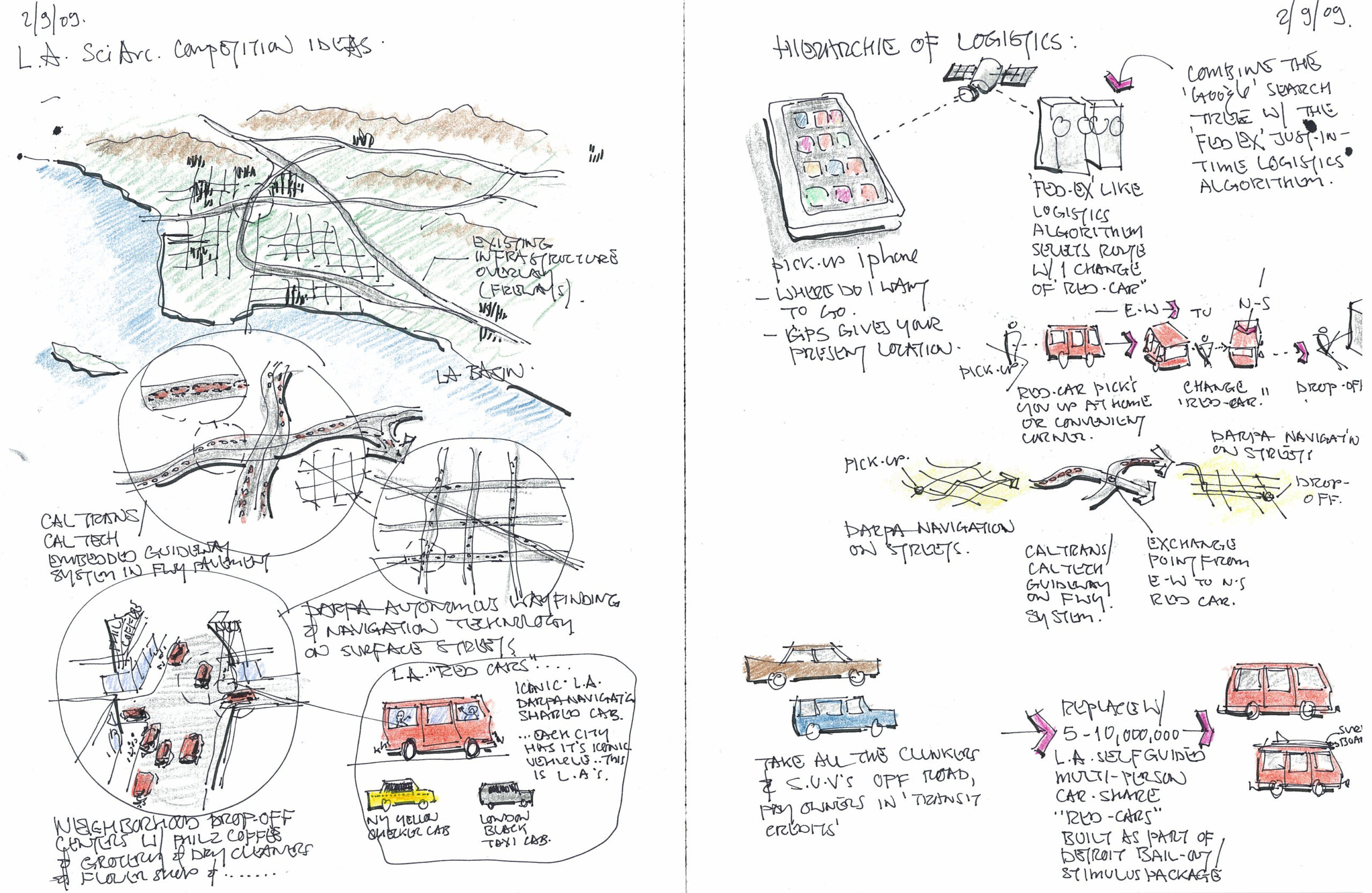
Early sketches of the REDCAR concept in preparation for the Sci-Art competition
To prepare their competition submission, the team evaluated urban mobility precedents, sketched concepts, and met on weekends to shape their idea. The result was REDCAR, a framework intended to augment, not replace, transit. It leveraged “computing as a means of promoting connectivity… combining existing infrastructure, wireless communication networks, personal phones, and social software.”
The premise was that autonomous vehicles, after being dispatched to users’ geographic position coordinates, would evaluate the most efficient route to reach the destination, and then layer in rideshare options with friends. The team’s competition board outlined the network, the vehicle design, the app interface—and even rider personas.
“It was the first time anyone had brought people in the artificial intelligence space with urban designers, landscape architects, and urbanists.”
― Gerry
While they didn’t win the competition, they were far from the end of the road. Gerry and Tyrone applied for an Innovation Incubator grant in the program’s first cycle to propel the idea. The grant funds would be used to host a day-long colloquium—“Rethinking Urban Transportation: New Strategies for Mobility”—which was accepted into the San Francisco Chapter of the AIA “Architecture and The City Festival” and hosted at the California College of the Arts in 2010.
The idea was surprisingly novel: Convene experts from different, typically siloed disciplines to discuss the future of mobility. “It was the first time anyone had brought people in the artificial intelligence space with urban designers, landscape architects, and urbanists,” says Gerry. The team assembled an impressive roster, including Chris Borroni-Bird, then the director of advanced technologies for General Motors, as keynote speaker. Many of the participants are now global leaders in mobility. Of the dialogue, and assembling experts, Gerry says: “We can’t just leave this up to chance. We have to be quite deliberate about it.”
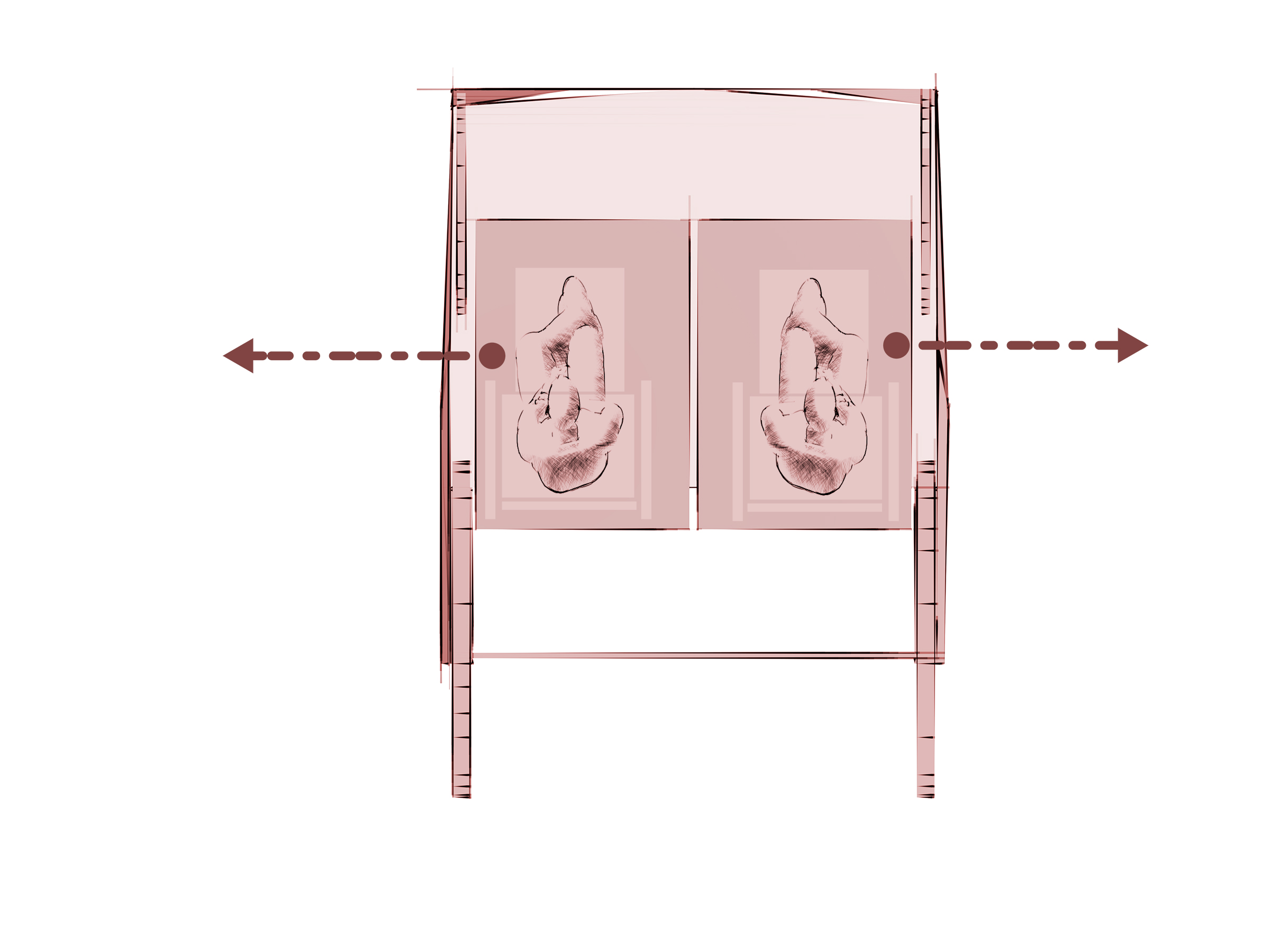
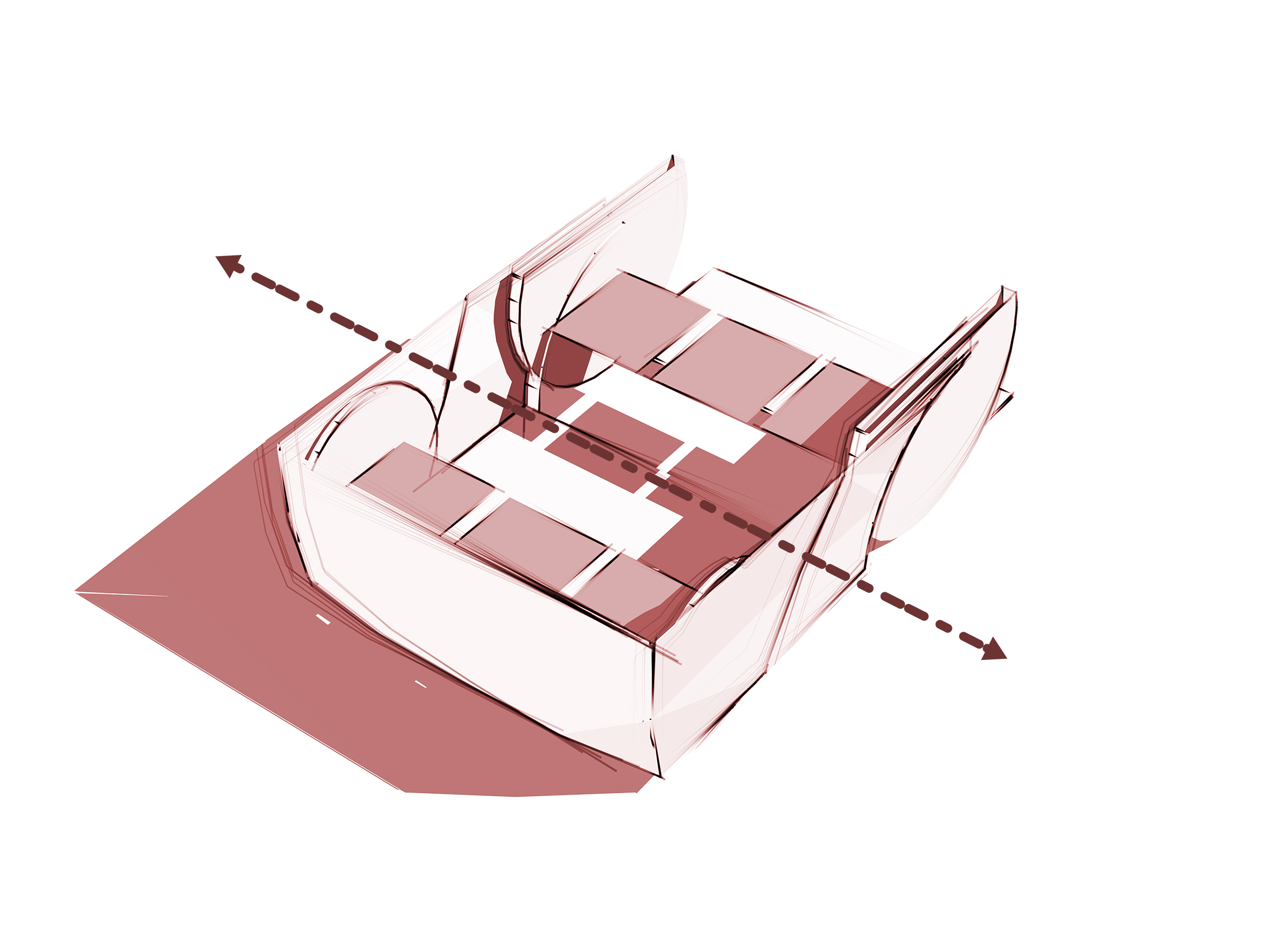
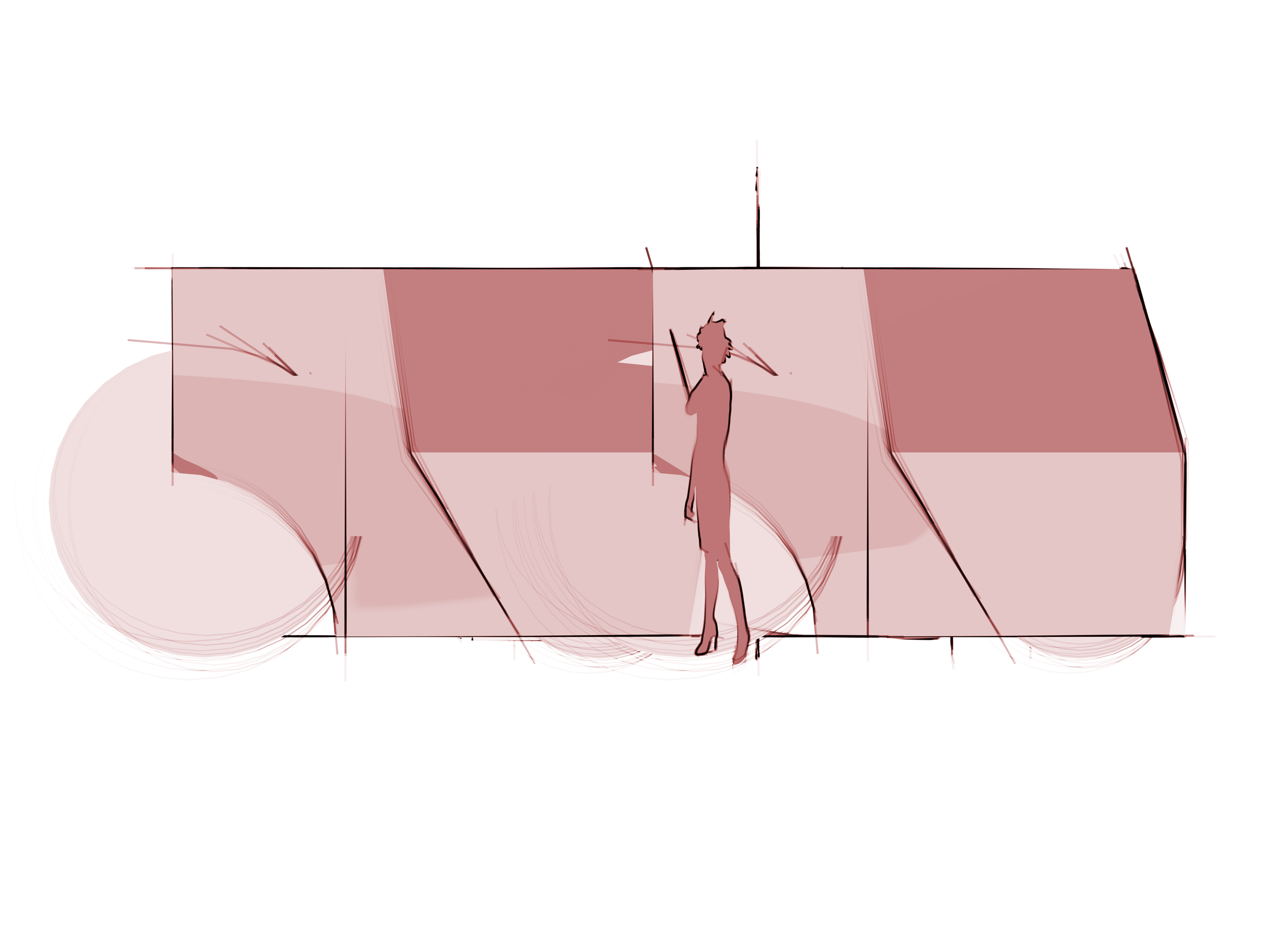
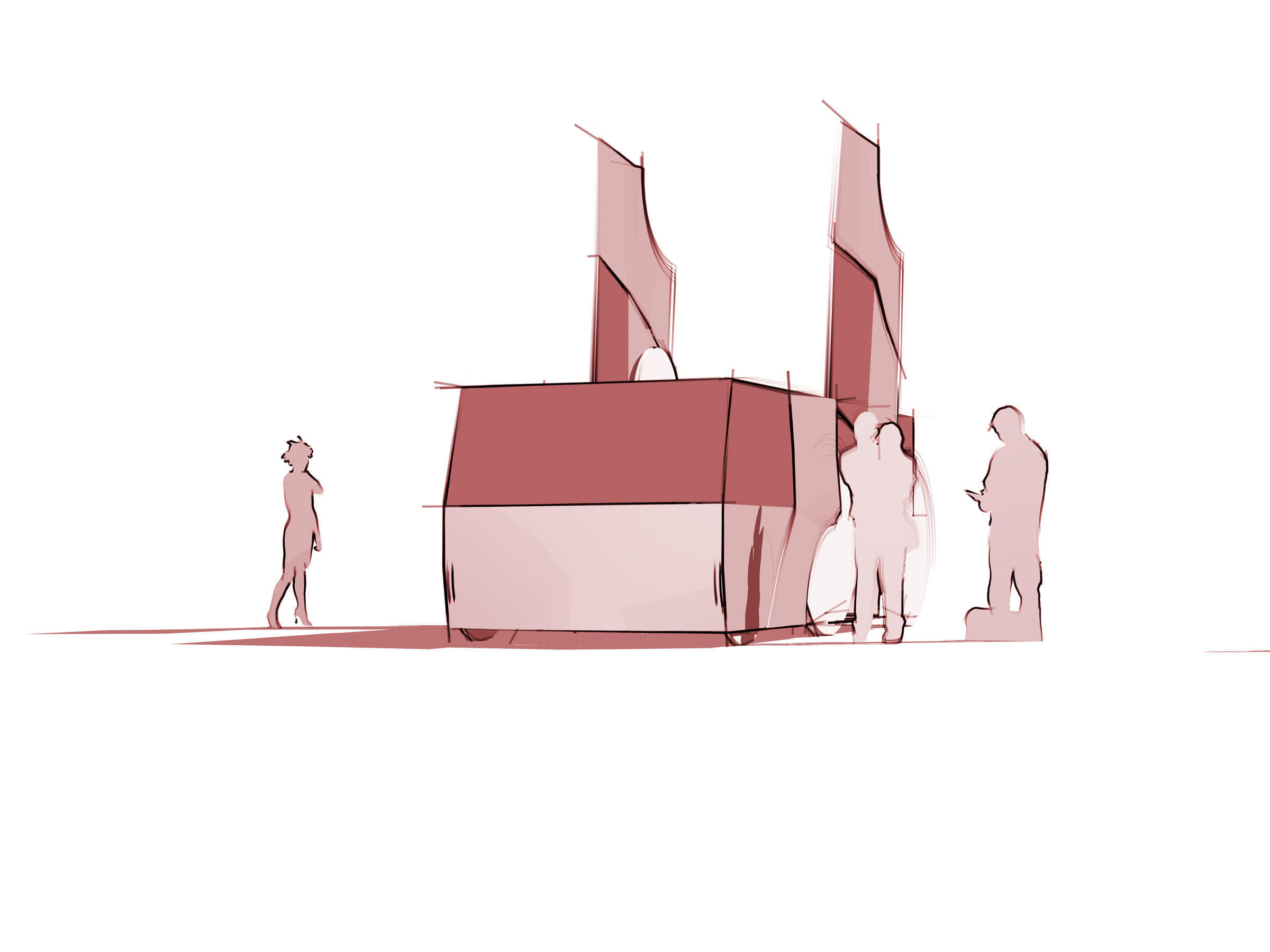
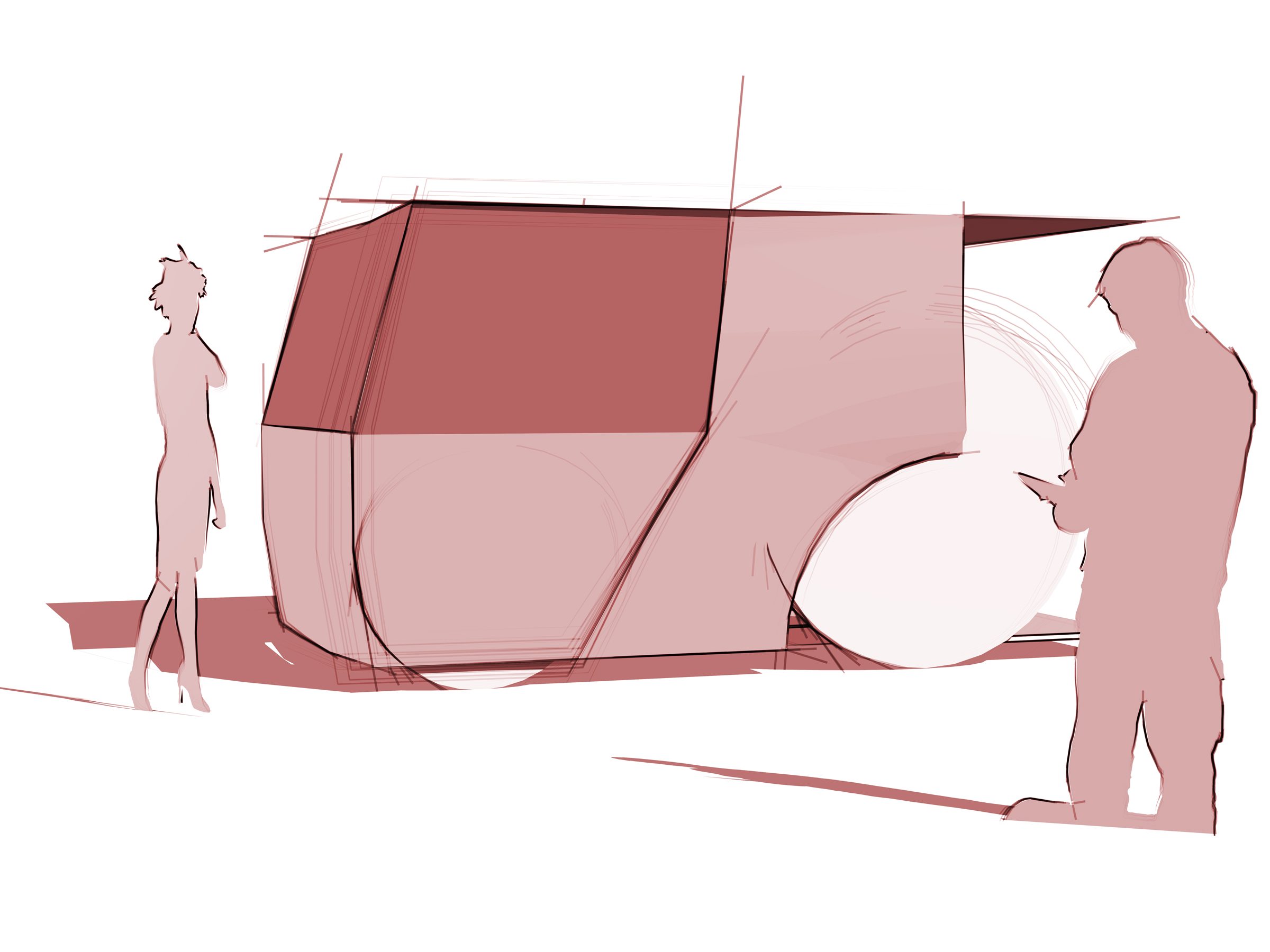
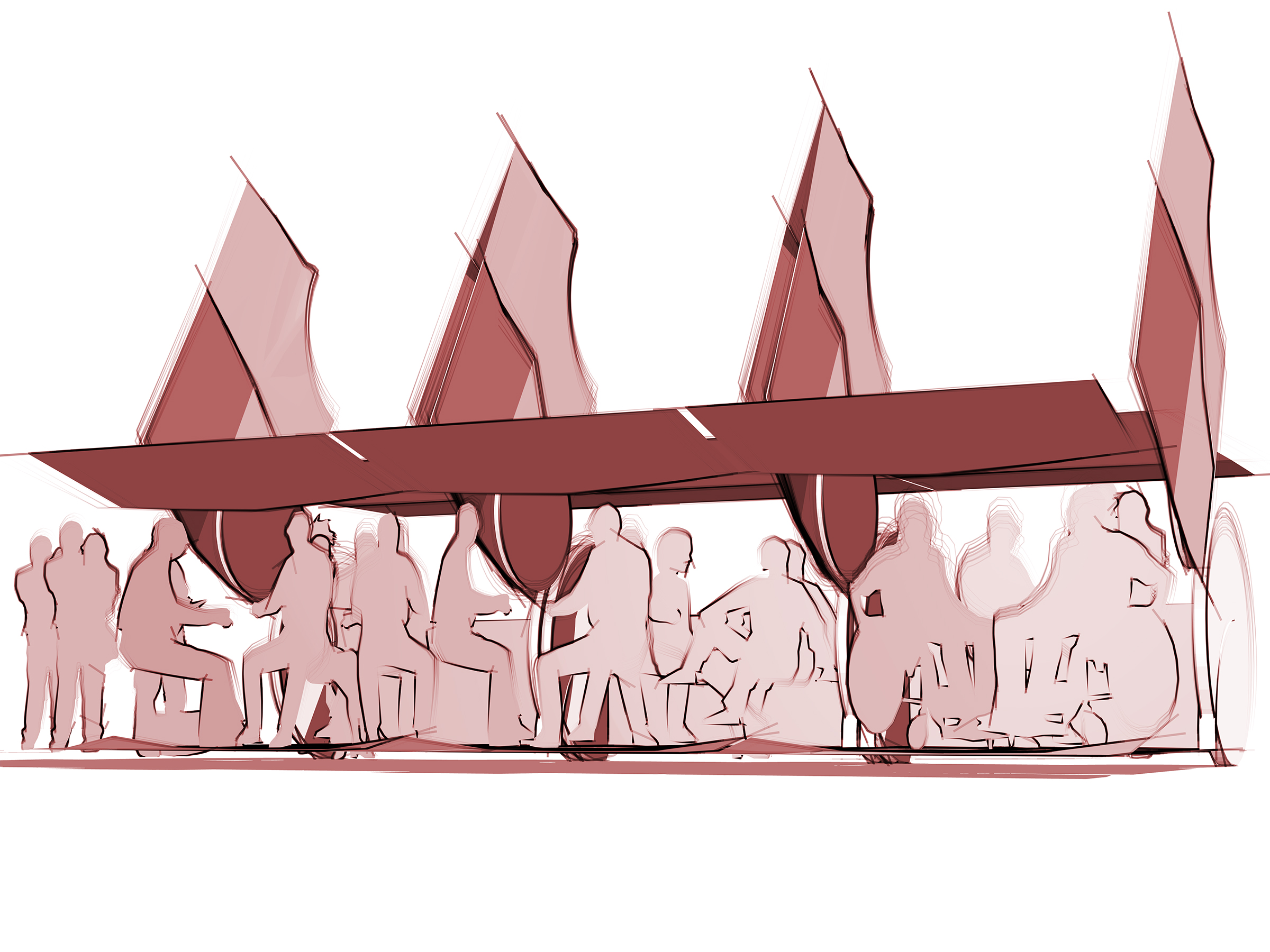
Early vehicle illustrations demonstrate “rideologies,” or modes of REDCAR transport.
Learn more about the concept, and watch footage from the colloquium.
When they first unveiled the REDCAR concept, the pair battled misconceptions in urban design circles that they were advocating for cars over transit. Rather, Tyrone says, they were investigating what was already happening—and directing it toward a positive outcome. “It was never about the car, it was questioning, ‘is there a better way to get from point A to B that isn’t detrimental to the public space?’” he says.
Fortunately, the colloquium was just the beginning of the conversation. In the following years, Gerry and Tyrone helped organize a series of events centered on Mobility as a Service (MaaS) with French nonprofit Agrion. This month, at the 10-year anniversary of the original AIA event, there is talk of organizing an East Coast colloquium to revisit the topic through a 2020 lens.
“Take the risk. In our case, Innovation Incubator rewarded it. It turned into a Lab, and now it’s only grown from there.”
― TYRONE
Beyond facilitating an important and timely conversation, this Innovation Incubator had lasting roots. The project inspired the creation of our firm’s Mobility Lab in 2016, and Tyrone now sits on the Innovation Incubator Committee. The prescient quality of their idea offers a lesson for evaluating proposals that may seem a bit “out there.”
“Take the risk. In our case, Innovation Incubator rewarded it. It turned into a Lab, and now it’s only grown from there,” says Tyrone, reminding us that autonomous cars once seemed a bit outlandish. “Put that idea out there,” he advises future grant applicants. “If it seems crazy, don’t worry—just keep working on it.”
More Stories
